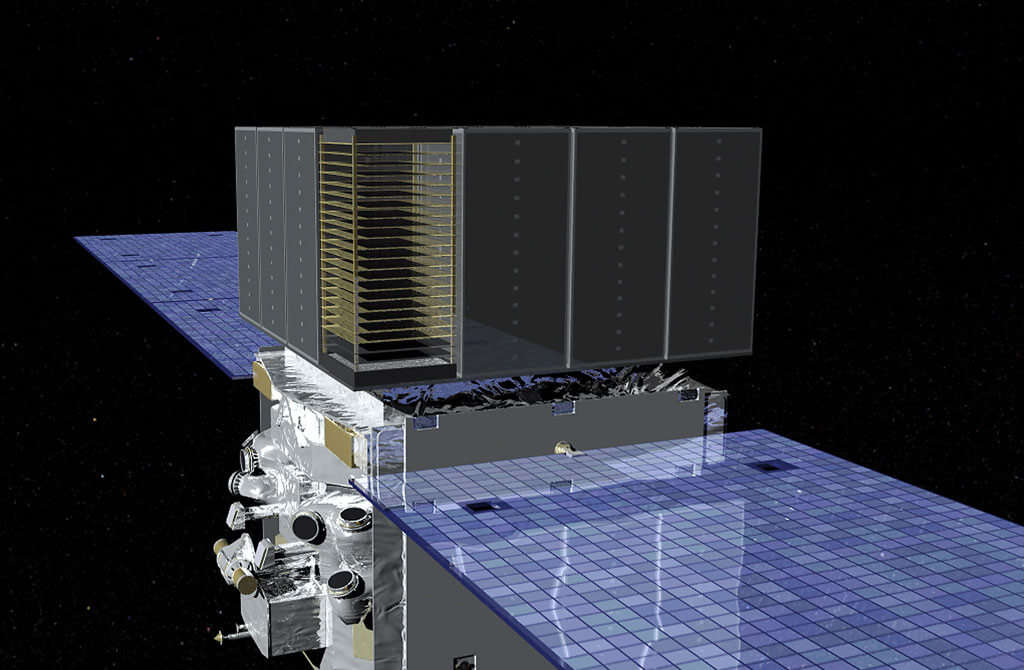
Recently, we reported that the telescope “Kepler” is nearing completion – the device has only a few months before its fuel tanks will be completely devastated. Now the American space Agency NASA reported problems with the orbital Observatory “Fermi”. Space telescope jammed one of the engines that controls the position of one of its solar panels.
“On March 16 of this year, the Observatory “Fermi” fixed a problem with the engine of one of blocks of solar panels. As a result, the probe went into safe mode and turned off all the instruments. Now NASA experts are trying to uncover the cause of the problem and consider the possibility to continue the monitoring, using a jammed bar” — with reference to engineering team NASA said the famous astronomer Jonathan McDowell.
Recall that the output of the telescope “Fermi” on orbit took place on 11 June 2008. Initially, the project was called GLAST, however, in August of the same year was renamed in honor of physicist Enrico Fermi, who participated in the Manhattan project and who was the founder of high energy physics. The spacecraft has two main instruments – a telescope LAT, which is designed for sky survey in the gamma range, and a detector of gamma-ray flares GBM.
During the ten years of its operation, the telescope managed to detect thousands of new gamma-ray bursts, giant black holes and other objects that emit light of the highest energies, including the trail from the merger of two pulsars, outdoor gravitational Observatory LIGO in August last year.
NASA engineers say that the problems with the engines, the solar system may severely limit its functionality and efficiency. If their work fails to recover, it can put an end to the further research work of the telescope. The fact that the machine rotates at a fairly low circular orbit around the Earth. If the battery will lose the ability to change their position, in some places of the orbit, he will receive very little solar energy.
Team working with “Fermi”, is not yet able to understand what exactly caused the engine failure of the solar panel. There is an assumption that the failure is not associated with the mechanical and electronic nature. If this is true, then the engineers will likely be able to recover the telescope. In this case, there will be a possibility to reduce the energy consumption for the resumption of the scientific part of the mission, but first we need to understand the exact cause of failure.
NASA could lose another space telescope
Nikolai Khizhnyak